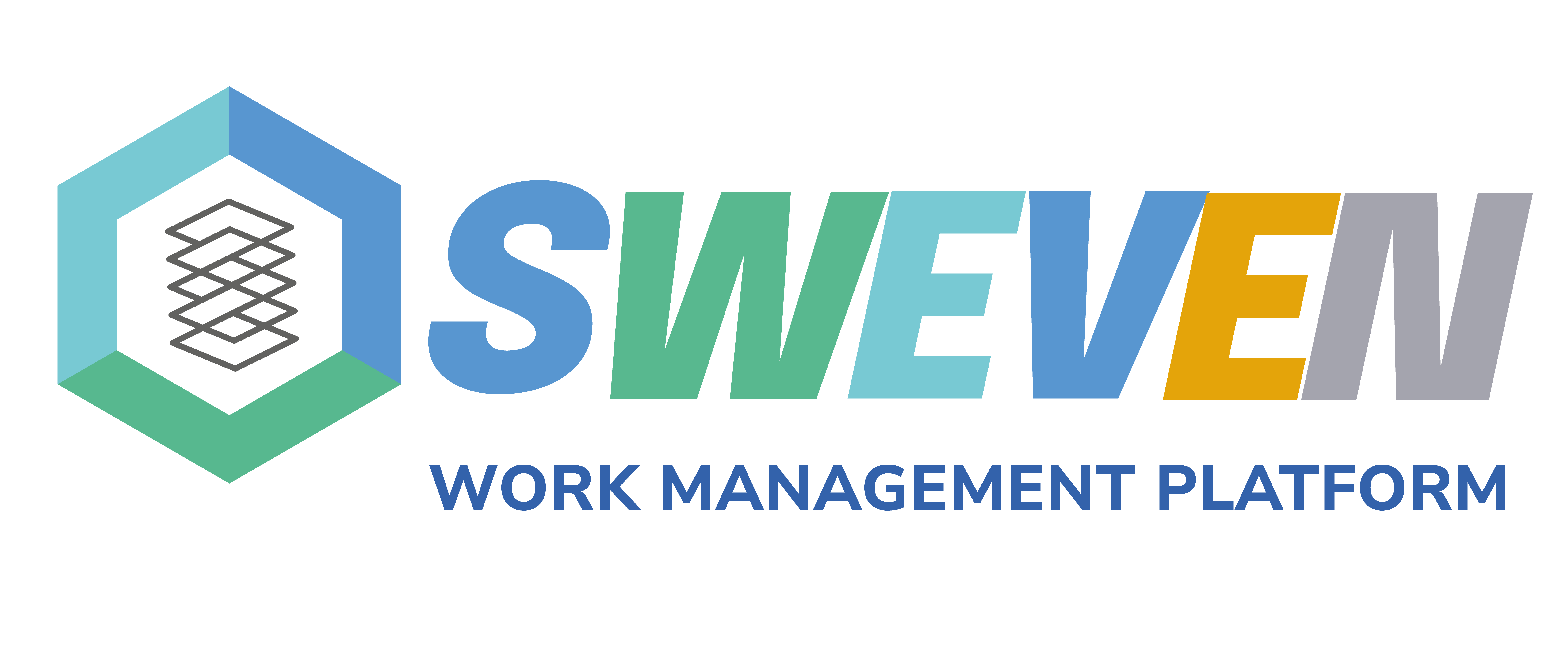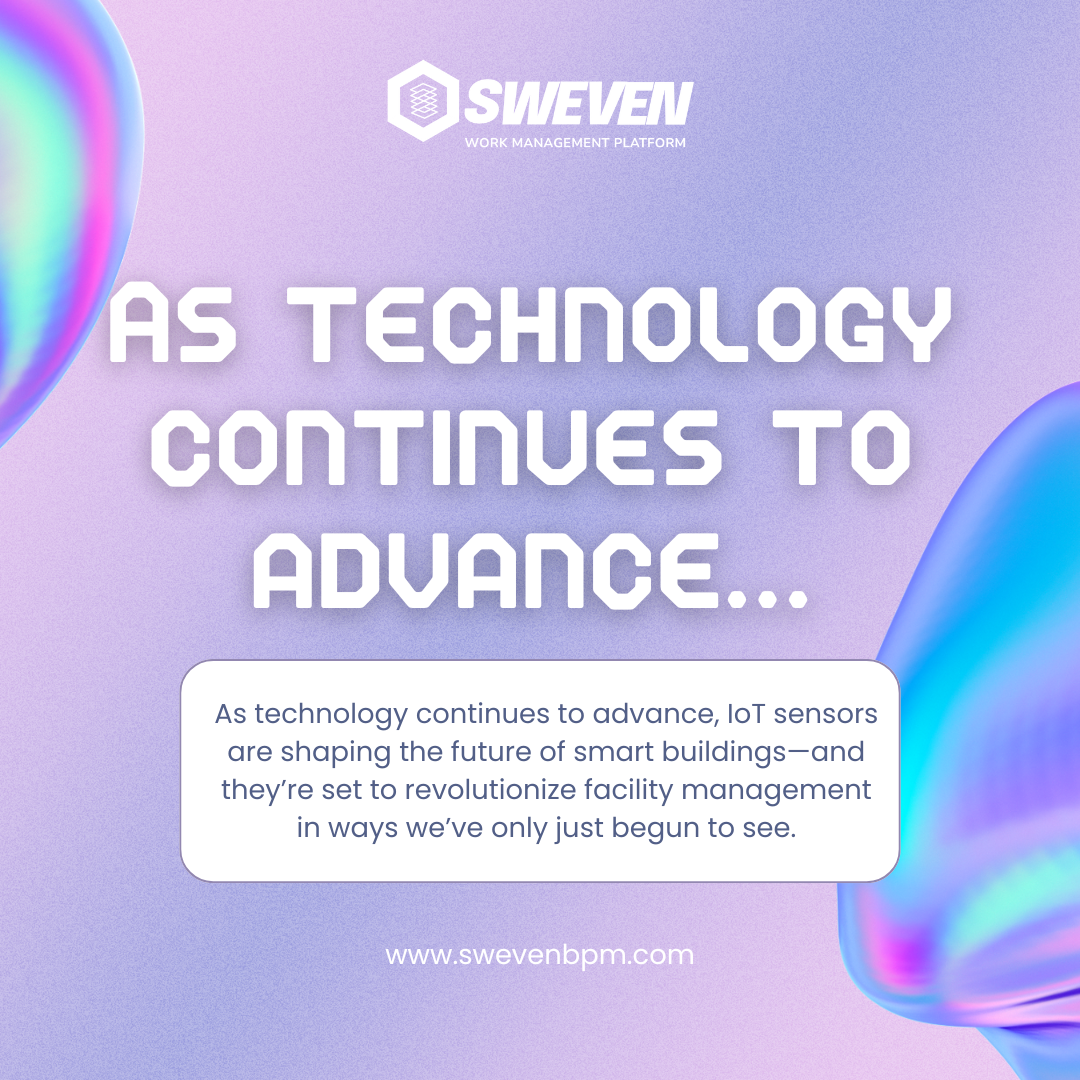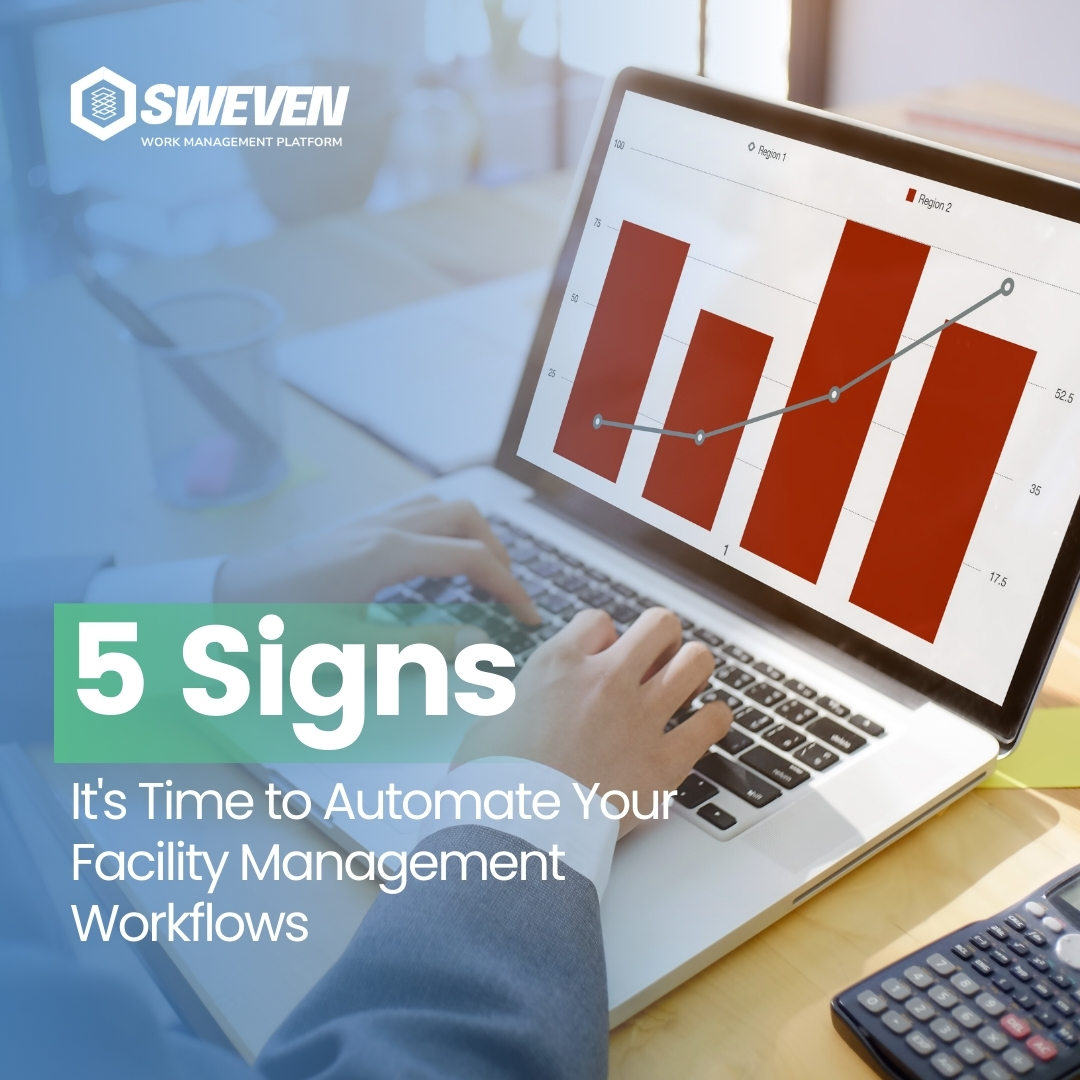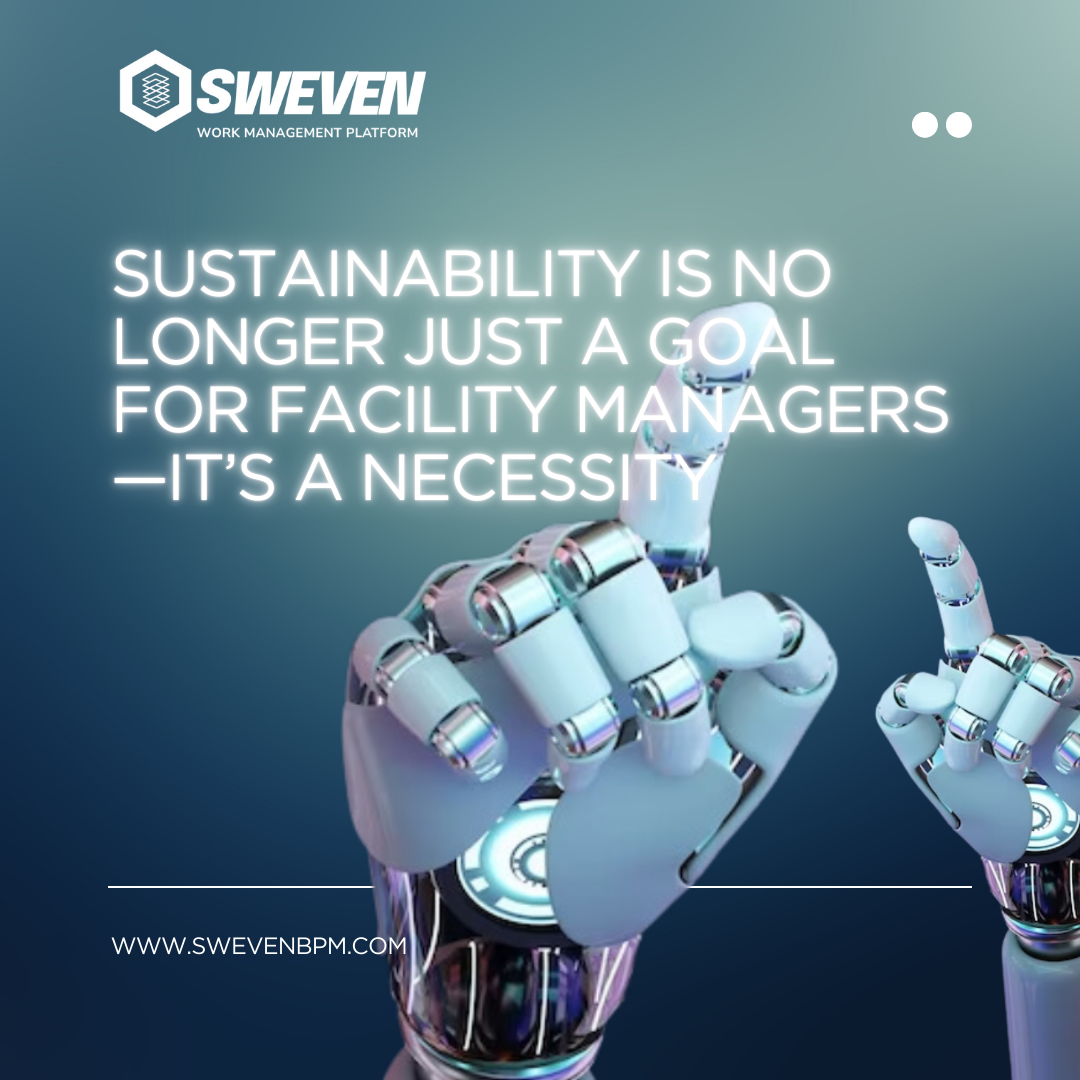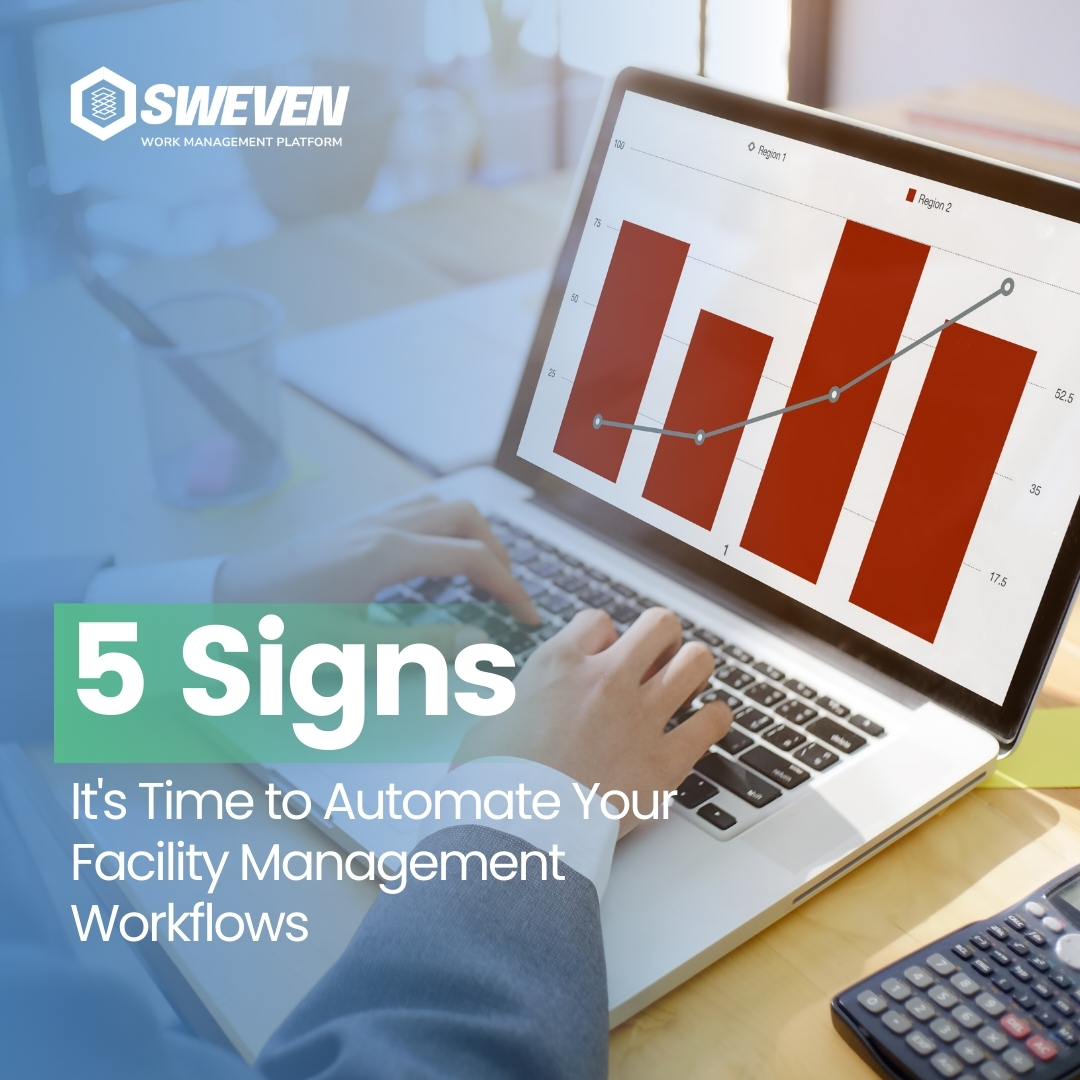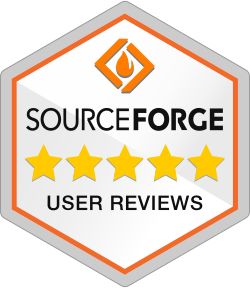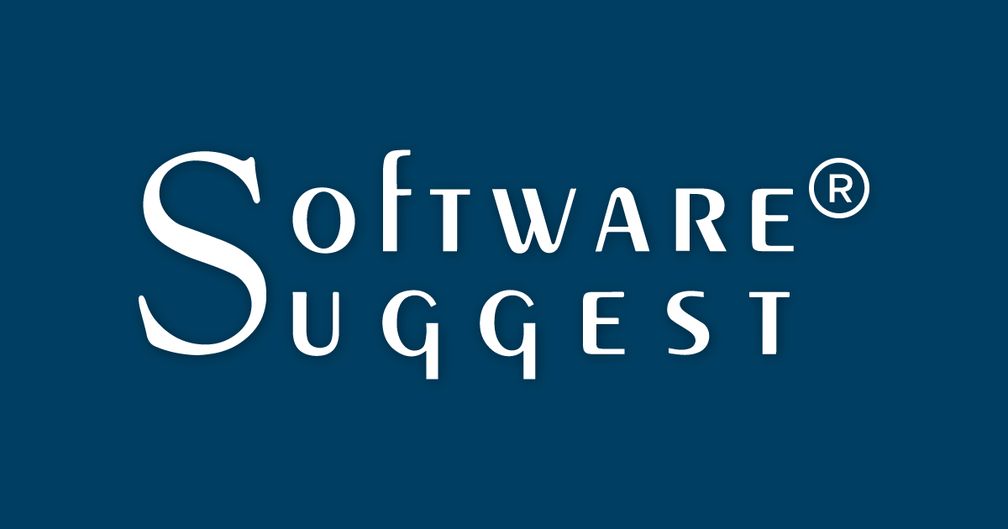
With energy costs rising and environmental regulations becoming stricter, optimizing energy usage has never been more critical.
Fortunately, IoT (Internet of Things) sensors are revolutionizing how buildings manage their energy consumption, driving facilities towards a more sustainable future.
Here’s how IoT sensors are helping facilities reduce energy use and boost sustainability:
1) Real-Time Energy Monitoring: Traditional energy audits provide snapshots of energy consumption, but IoT sensors give you a continuous, real-time view of how your building is performing. These sensors track energy use across systems like HVAC, lighting, and equipment, identifying inefficiencies and areas where energy is wasted.
2) Automated Energy Adjustments: One of the biggest advantages of IoT is its ability to automate energy management. Sensors can adjust lighting and HVAC settings based on occupancy, time of day, or environmental conditions. For example, lighting systems can be dimmed or turned off in unoccupied areas, while HVAC systems adjust to the actual usage of a space.
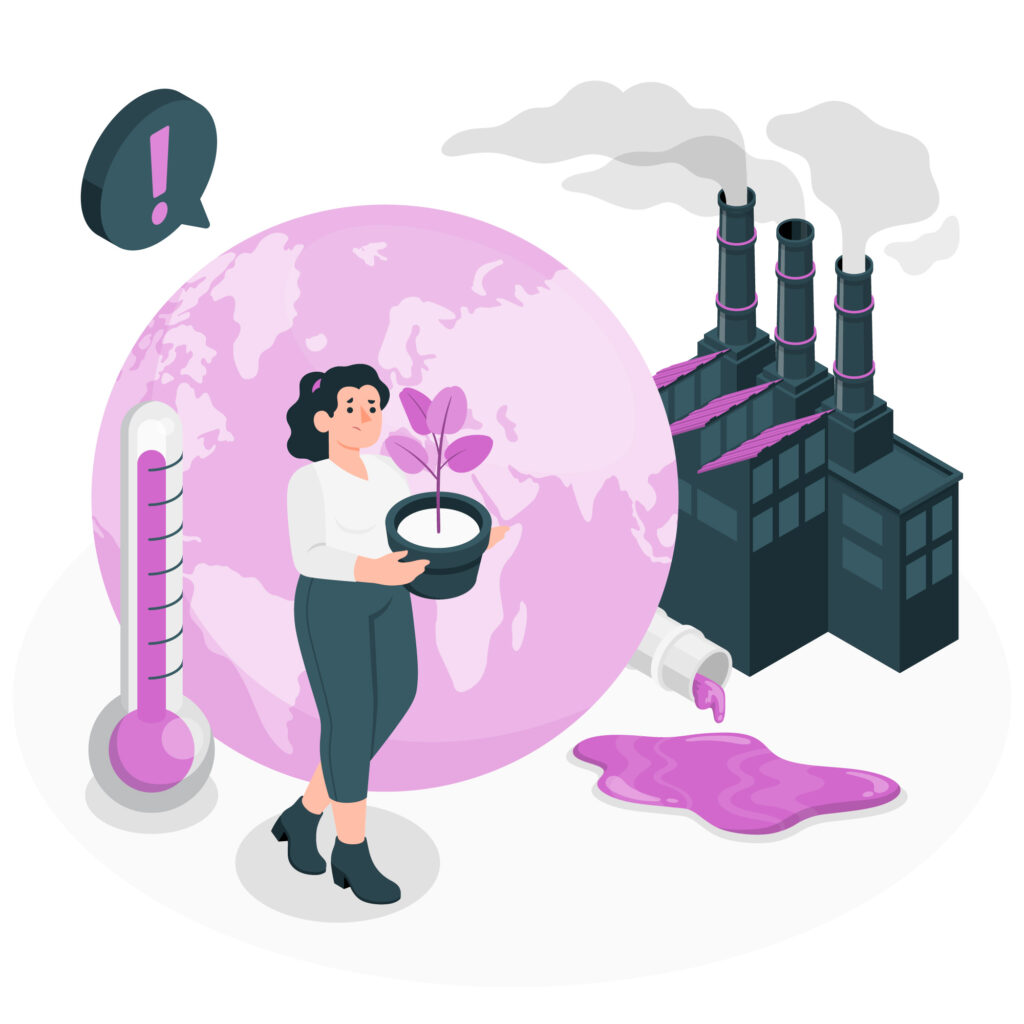
3) Improved HVAC Efficiency: HVAC systems are notorious for consuming large amounts of energy. IoT sensors can monitor temperature, humidity, and air quality in real time, allowing for precise control over climate systems.
4) Predictive Maintenance: IoT sensors not only track energy use but also monitor the performance of critical equipment. By detecting early signs of equipment failure or inefficiency, these sensors allow for predictive maintenance—fixing issues before they result in energy-sapping breakdowns.
5) Sustainability Reporting and Compliance: With sustainability goals becoming increasingly important for companies, IoT sensors also play a vital role in helping facilities meet energy and environmental regulations. By collecting accurate data on energy usage, facilities teams can generate detailed reports that demonstrate compliance with sustainability targets, helping businesses adhere to green building certifications like LEED or BREEAM.
Why It Matters: By integrating IoT technology, facilities can cut energy consumption, lower operating costs, and reduce their environmental impact. This not only makes buildings more efficient but also positions companies as leaders in sustainability—meeting the growing demand from clients, tenants, and regulators for greener operations.
As sustainability becomes an integral part of business strategy, IoT technology is key to making your building not just smart, but truly green.
How are you using IoT to reduce energy use in your facility?
